The film Together we cycle investigates the critical events that has led to the revival of the Dutch cycling culture. For most people, cycling in the Netherlands, seems a natural phenomenon. However, until the 1970s the development of mobility in the Netherlands followed trents across the globe. The bicycle had had its day, and the future belonged to the car. The only thing that had to be done was to adapt cities to the influx of cars. Then Dutch society took a different turn. Against all odds people kept on cycling. The question why this happened in the Netherlands, has not an easy answer. There are many factors, events and circumstances that worked together, both socially and policy-wise. In Together we cycle, key players tell the story of the bumpy road which led to the current state. Where cycling is an obvious choice for most citizens.
Related Movies
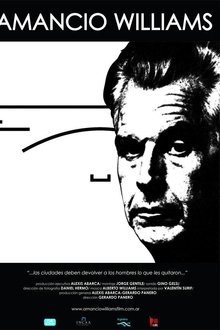
Amancio Williams (2013)
A biography documentary of the Argentine modernist architect Amancio Williams.
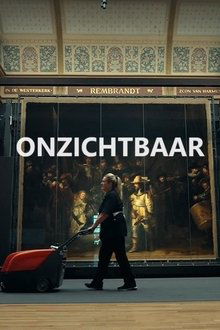
Invisible (2023)
From schools and offices to hospitals and streets, cleaners are working everywhere, tirelessly and modestly. They work hard and keep society running. Invisible confronts viewers with their own involvement and reveals the price paid for the appearances we cherish.
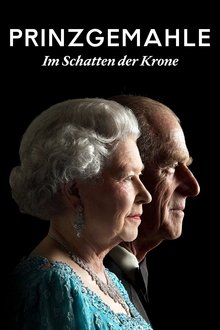
Prince Consorts: In the Shadow of the Crown (2021)
No profession, no say, no freedom of expression. Life as a prince consort is not exactly pleasure taxing. No constitution ascribes any function to the husband of a queen. Nowhere does it say what he must or must not do. A life in the shadow of the crown. Can that go well?
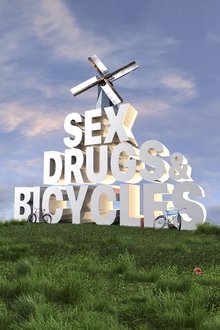
Sex, Drugs & Bicycles (2020)
The documentary that answers the question: is having month-long double paid vacations, no fear of homelessness, and universal health care the nightmare we've been warned about? The answer may surprise you.
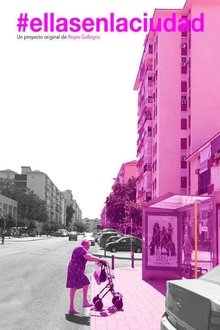
Ellas en la ciudad (2025)
"Ellas en la ciudad" (Them in the City) focuses on the first settlers of the neighborhoods on the outskirts of Seville. Through their stories, we discover that they have been the backbone of a city that has turned its back on them.
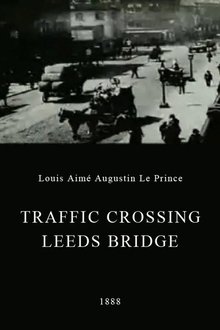
Traffic Crossing Leeds Bridge (1888)
A film by Louis Aimé Augustin Le Prince, shot in late October 1888, showing pedestrians and carriages crossing Leeds Bridge.
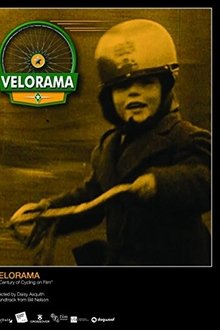
Velorama (2014)
Documentary looking at a century of cycling. Commissioned to mark the arrival of the 2014 Tour de France in Yorkshire, the film makes full use of stunning British Film Institute footage to transport the audience on a journey from the invention of the modern bike, through the rise of recreational cycling, to gruelling competitive races. Award-winning director Daisy Asquith artfully combines the richly-diverse archive with a hypnotic soundtrack from cult composer Bill Nelson in a joyful, absorbing watch for both cycling and archive fans.
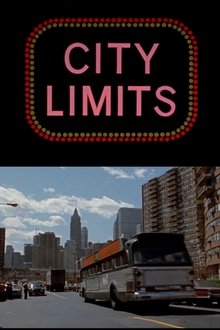
City Limits (1971)
Author and activist Jane Jacobs talks about the problems and virtues of North American cities.
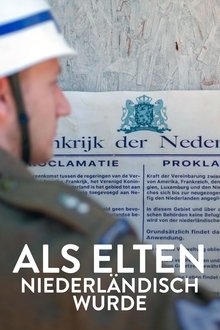
Spielball der Weltpolitik – Als Elten niederländisch wurde (2021)
It is an unknown chapter of the German post-war history: On April 23rd, 1949, the kingdom of the Netherlands occupied German soil as a pledge for demanded war reparations. Part of the annexed territories was also the small municipality of Elten. While the people of Elten were initially afraid of the occupation, the time “with Holland” actually became a miracle of prosperity and economy about which many people from Elten still rave today. The occupation period ended with the largest organized smuggling in the history of the federal republic of Germany. The Documentary shows this in never before released 8 mm footage!
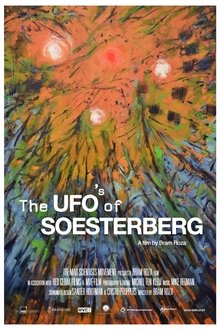
The UFO's of Soesterberg (2023)
In the early morning of February 3, 1979, a giant black triangular object flew over Soesterberg Air Base. At least twelve soldiers witnessed this bizarre spectacle.

Bicycle (2014)
'Bicycle' is a 90 minute documentary, asking the question 'why is cycling and the bicycle back in fashion?' The film, which is directed by BAFTA winning director and keen cyclist Michael B. Clifford, tells the story of cycling in the land that invented the modern bicycle, its birth, decline and re-birth from Victorian origins to today. The film weaves bicycle design, sport and transport through the retelling of some iconic stories and features interviews with notable contributors Sir Dave Brailsford, Gary Fisher, Chris Boardman, Ned Boulting, Sir Chris Hoy, Tracy Moseley, Mike Burrows and many more, plus great archive, animation and music. 'Bicycle' is a humorous, lyrical and warm reflection on the bicycle and cycling within its place in the British national psyche.
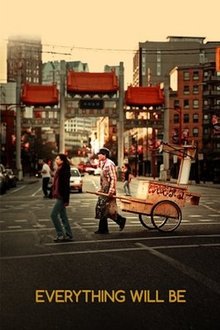
Everything Will Be (2014)
Sundance award-winning director Julia Kwan’s documentary Everything Will Be captures the subtle nuances of a culturally diverse neighbourhood—Vancouver’s once thriving Chinatown—in the midst of transformation. The community’s oldest and newest members offer their intimate perspectives on the shifting landscape as they reflect on change, memory and legacy. Night and day, a neon sign that reads "EVERYTHING IS GOING TO BE ALRIGHT" looms over Chinatown. Everything is going to be alright, indeed, but the big question is for whom?

Spokespeople (2020)
For Los Angeles natives living in the early 1900s, bicycles and streetcars shared the road as our primary modes of transportation. But the arrival of the freeway effectively wiped them out. Today, a collective of cycling communities fight for protected bike lanes and road safety, determined to bring a new era of mobility justice to the city.
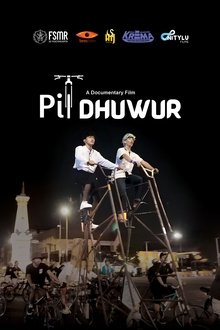
Pit Dhuwur (2024)
In the heart of Yogyakarta, a tall bike enthusiast takes a stand against the city's lacklustre cycling infrastructure in the city with the "Bicycle Friendly City" label.
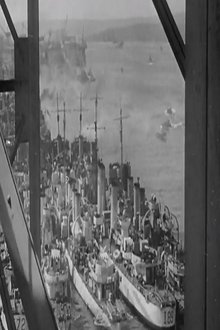
Encounter on Urban Environment (1971)
This feature documentary takes a look at how the Halifax/Dartmouth community in Nova Scotia was stimulated by a week-long session held by a panel of specialists from different fields who met with members of this urban community to consider the future of the area and the responsibility of the citizens and government in planning the future.

De verkrotte droom (2025)
What if your house is no longer a home, but a bureaucratic nightmare? The residents of the Van der Pekbuurt in Amsterdam are fighting for a fair and sustainable renovation of their beloved working-class neighborhood. The houses are creaking and creaking, mold is rampant and it is almost impossible for the residents to get anything done when maintenance is in arrears. Cost savings are given priority, which is why the renovation plans are increasingly being stripped down. Will the Van der Pekkers succeed in enforcing a fair and sustainable renovation?
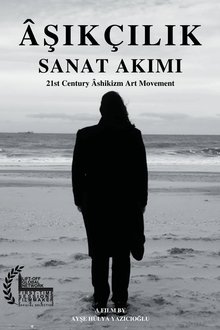
21st Century Âshikizm Art Movement (NaN)
The sound of centuries-old Adhan in Turkey, the sound of centuries-old church bells and the polyphonic music of Europe echo in our memory. Our traditions and our future determine our present. In the present tense, the sounds of the war's sirens are mixed with the sound of Adhan and church bells. How can people hear themselves? How can humans exist?
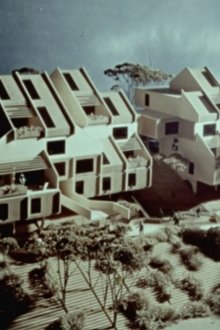
The Coldspring Project (1974)
The human side of town planning, as exemplified in Baltimore, Maryland. The Coldspring Project concerned a proposed housing development for lower and upper income levels on a three hundred-acre site adjoining a wildlife sanctuary. The film records the differences aired in meetings of various interest groups that tried to modify the plan according to their views, and the compromise reached, based on plans drawn up by Montréal architect Moshe Safdie.

Spiegelbeeld (2025)
Tilburg artist Tommy van der Loo searches for the influence of superiority thinking, racism and colour in his life. Van der Loo is an emerging artist and his work has been purchased by Boijmans van Beuningen in Rotterdam. He also had an exhibition at the Kunsthal. He also made the memorial for the abolition of slavery in Eindhoven. He has had multiple experiences with discrimination and incorporates that into his sculptures. Identity and image formation are important to him: How do you look at others, how do others look at you. The search is the inspiration for his new sculpture.